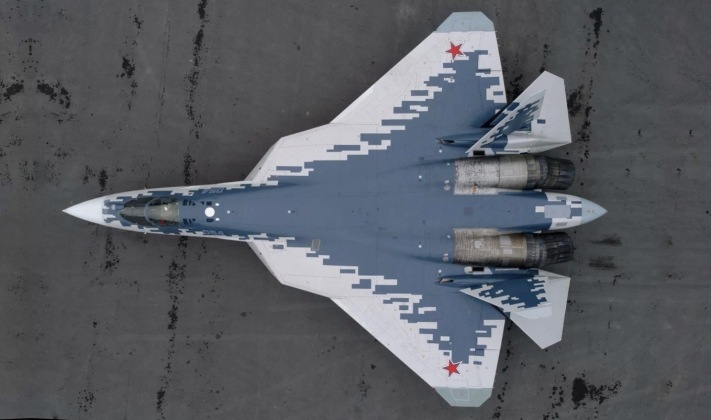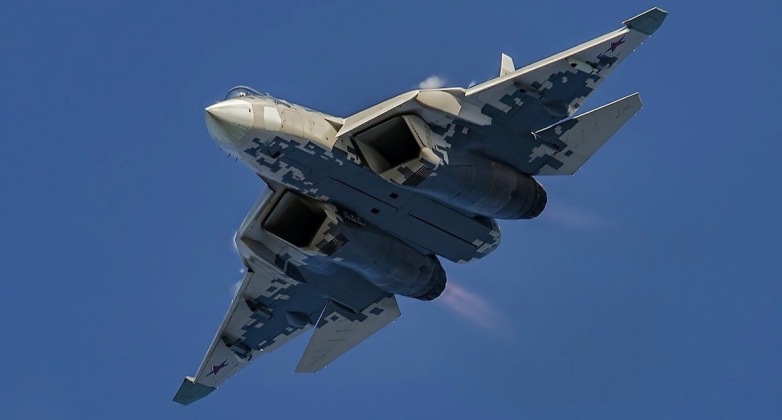News
Russia’s Su-57 Fifth Generation Fleet Will Be 50 Strong in 2026 – Six Years Behind Schedule
The Russian Air Force has now received six serially produced Su-57 fifth generation fighter jets, the first of which was delivered in December 2020, with production lines at the Komsomolsk-on-Amur aircraft plant in the country’s Far East continuing to expand to accommodate a larger capacity. Despite the fleet’s small size, the fighter has been deployed for combat in the past including prototypes launching cruise missiles at Islamist insurgent positions in Syria, and more recently serial production models deploying a range of standoff missiles for strike and air defence suppression missions in Ukraine. Although this has made it the first fighter of its generation to use such standoff weapons in combat, the Su-57 program nevertheless remains far behind schedule. Its entry into service was initially scheduled for 2015, while a fleet size of 50 fighters was previously expected to be reached in 2020 alongside further production for export. The fleet was then scheduled to reach 200 aircraft by 2025.

The contrast between prior plans for the Su-57’s induction and those of today are significant, with the fleet scheduled to reach 22 fighters by the end of 2024 and 76 fighters by the end of 2027 indicating it will receive an average of 18 fighters per year from 2024-2027. This would represent a higher rate of production than any existing Russian fighter, although it could be partly fulfilled by aircraft produced earlier which may take longer to be made ready for service. Such a production rate could facilitate deliveries to the Air Force of 14-18 fighters per year after 2027 depending on export demand, with exports in the 2030s expected to be considerable. At current estimates the Russian Air Force’s Su-57 fleet will reach 50 fighters only sometime in 2026. Such delays would be far from unprecedented for a fifth generation program, with the American F-22 and F-35 suffering from similar delays periods. It will nevertheless contrast to the Chinese J-20 program which was made ready slightly earlier than expected and first delivered to the Air Force in 2016. It also falls far short of expectations for the Soviet Air Force which was expected to field approximately 50 MiG 1.42 fifth generation fighters by 2005 if not earlier.

A primary issue stemming from delays to the Su-57 program is that by the time it is fielded in meaningful numbers, China and the United States are expected to already have begun fielding sixth generation fighters that are expected to become operational around 2030. A secondary issue is that much of the Russian fighter fleet inherited from the Soviet Union comprised of MiG-29s and Su-27s, has already been replaced by Su-35, Su-30SM/SM2 and Su-30M2 fighters – all of them enhanced Su-27 derivatives – leaving much less room in the fleet for new Su-57 units. Serving as a direct successor to the Soviet Su-27 fourth generation heavyweight air superiority fighter which first entered service in 1985, the Su-57 and its derivatives are expected to see a similarly long production run and to integrate a wide range of sixth generation technologies to remain relevant as new American and Chinese programs lead the field.












